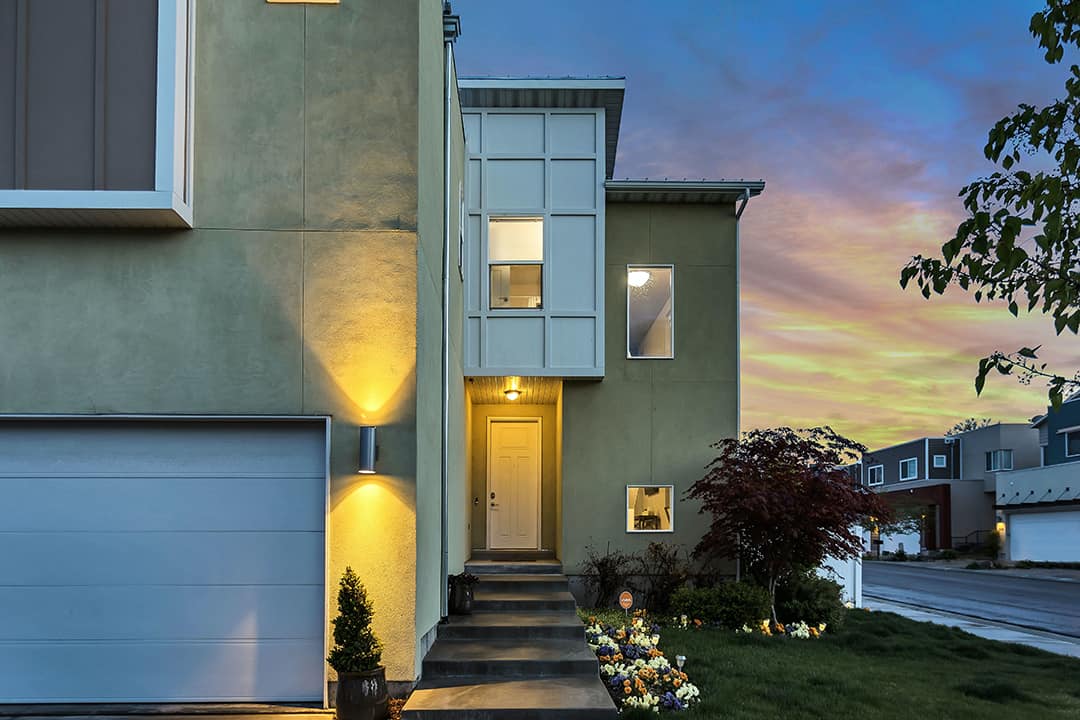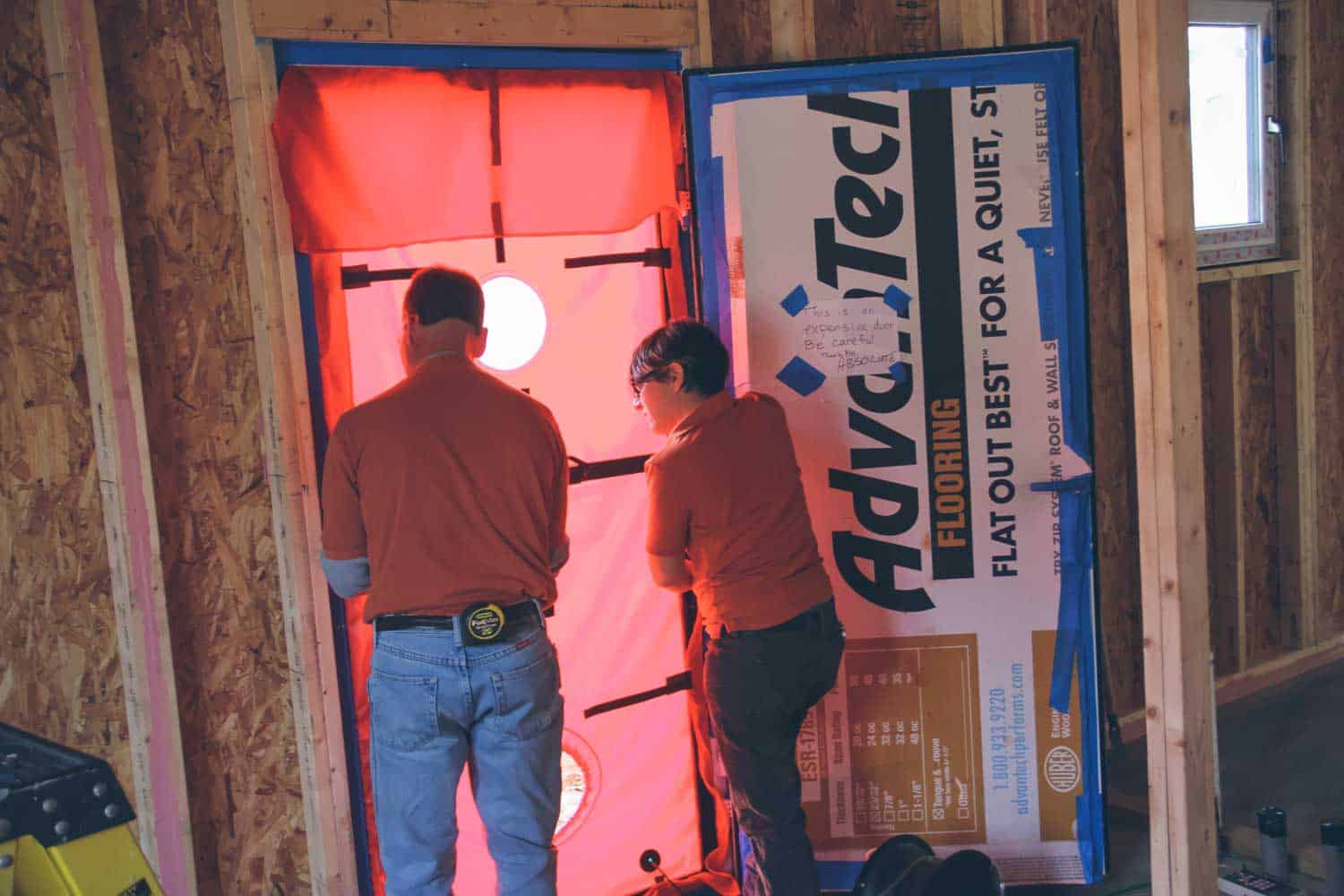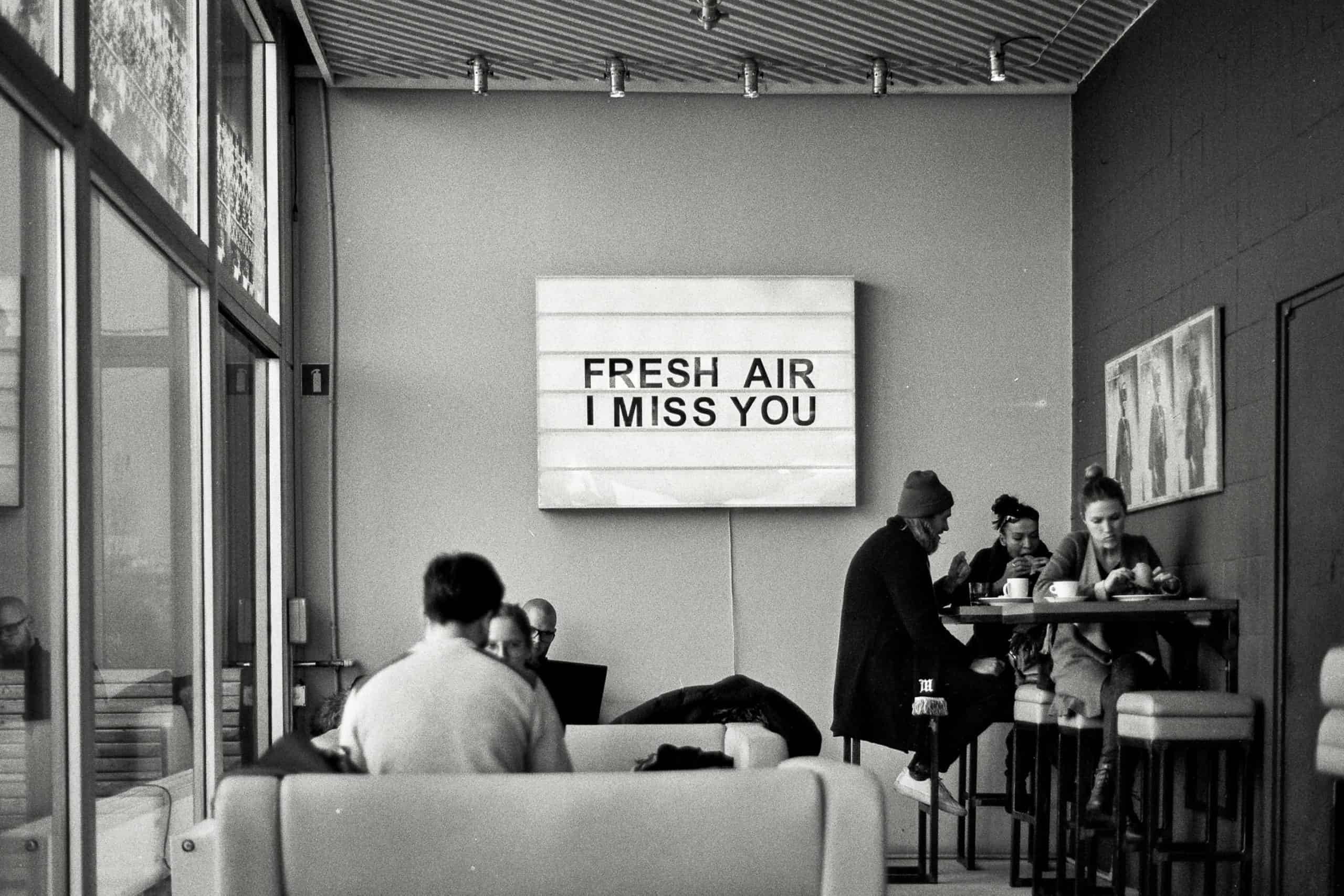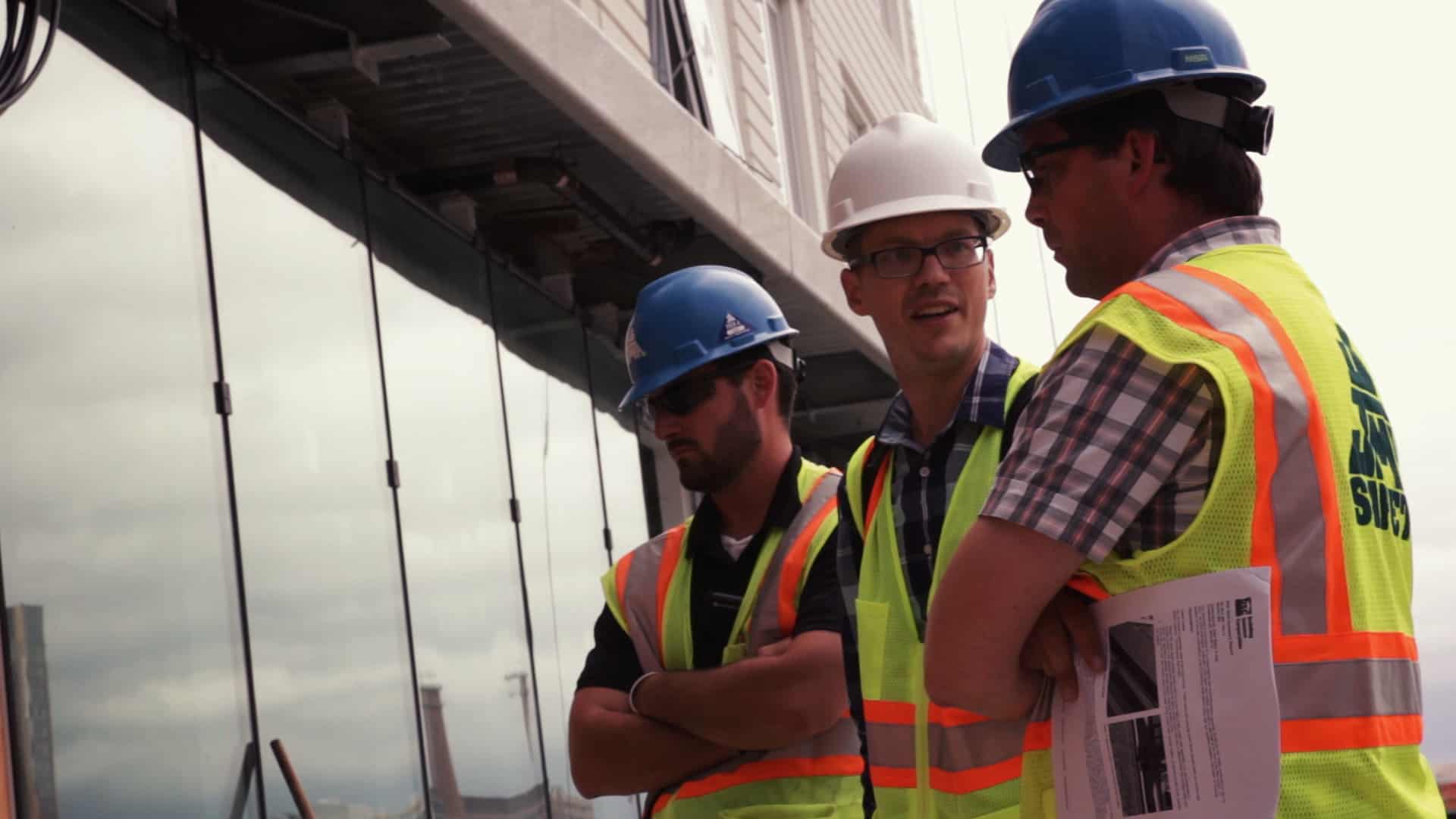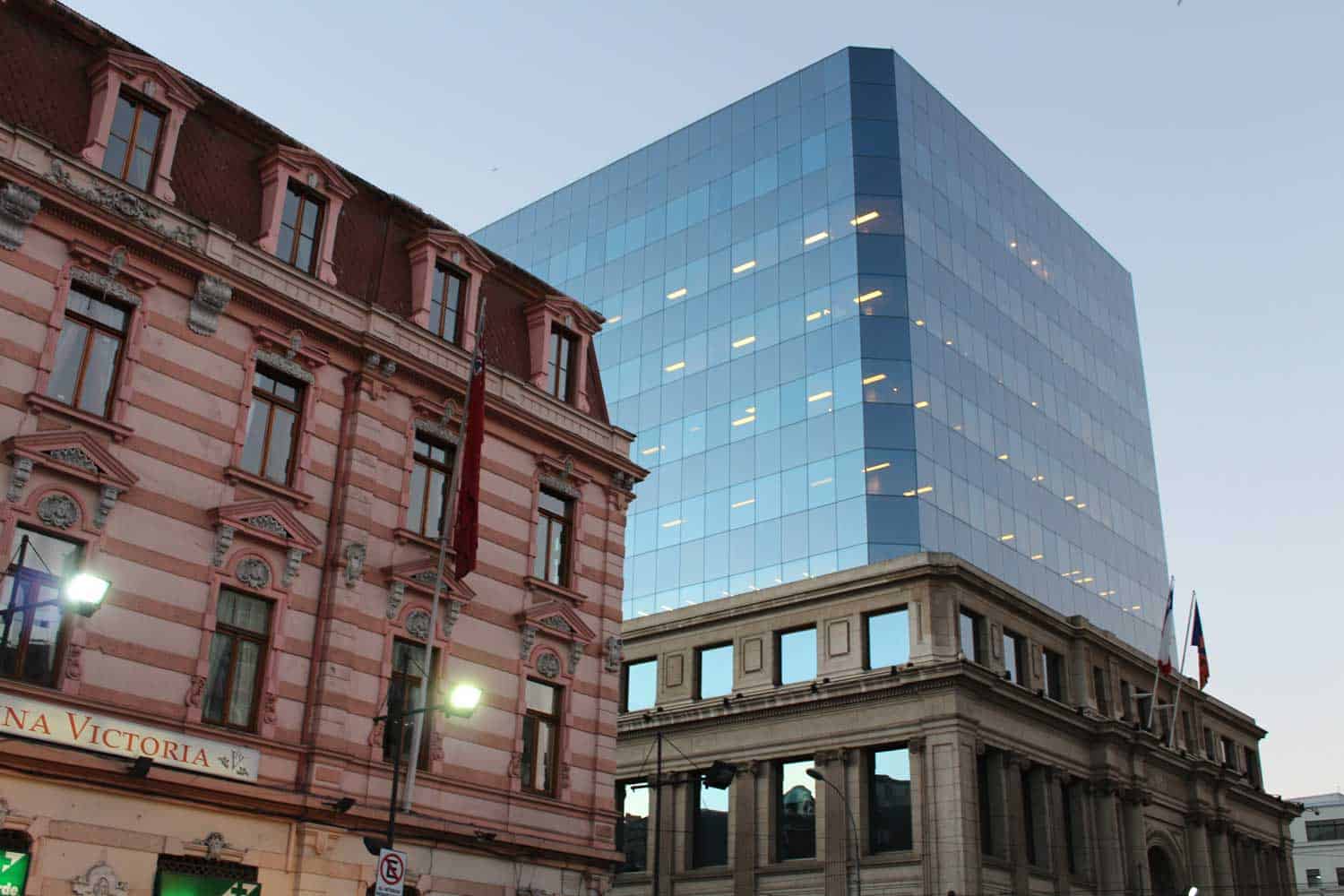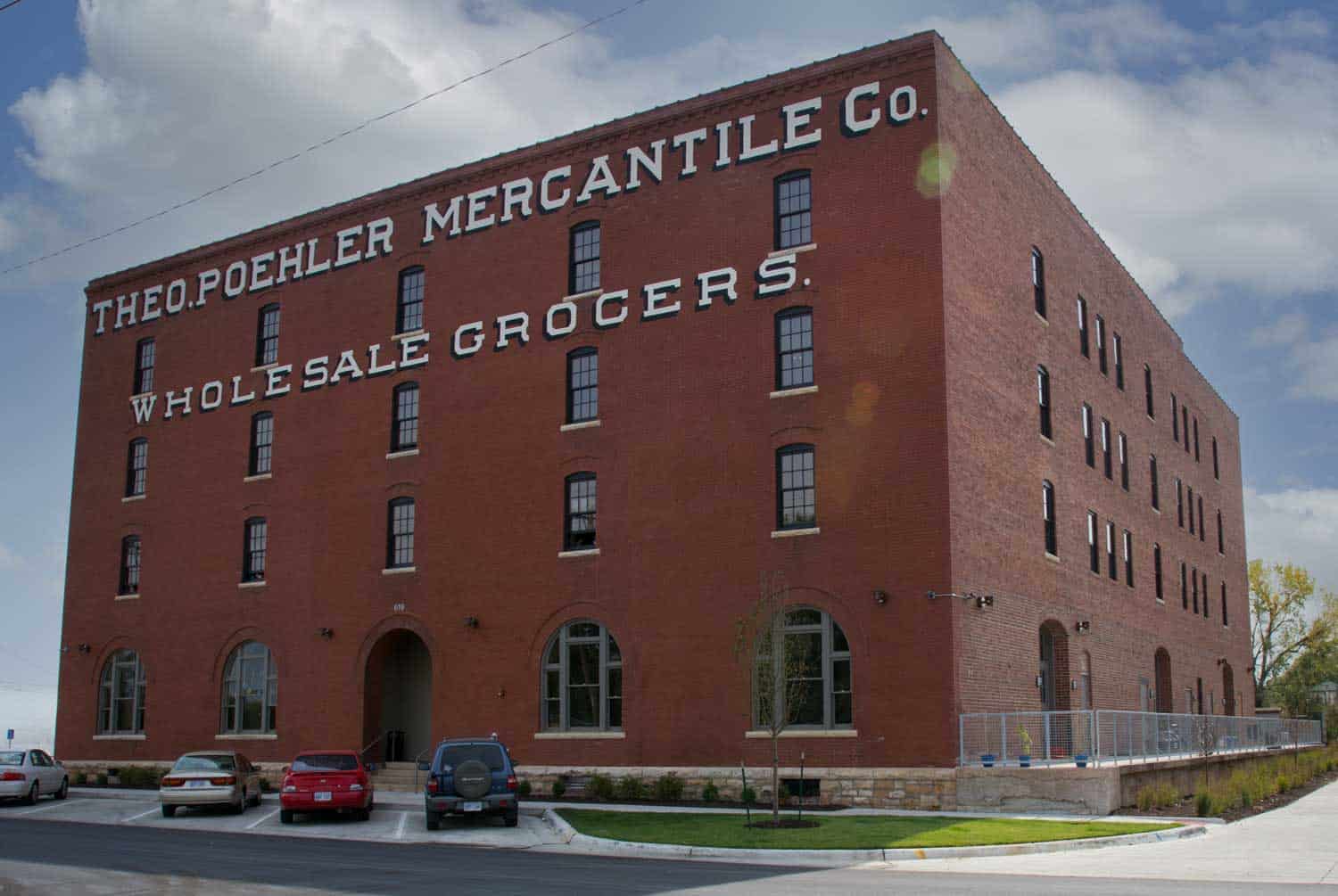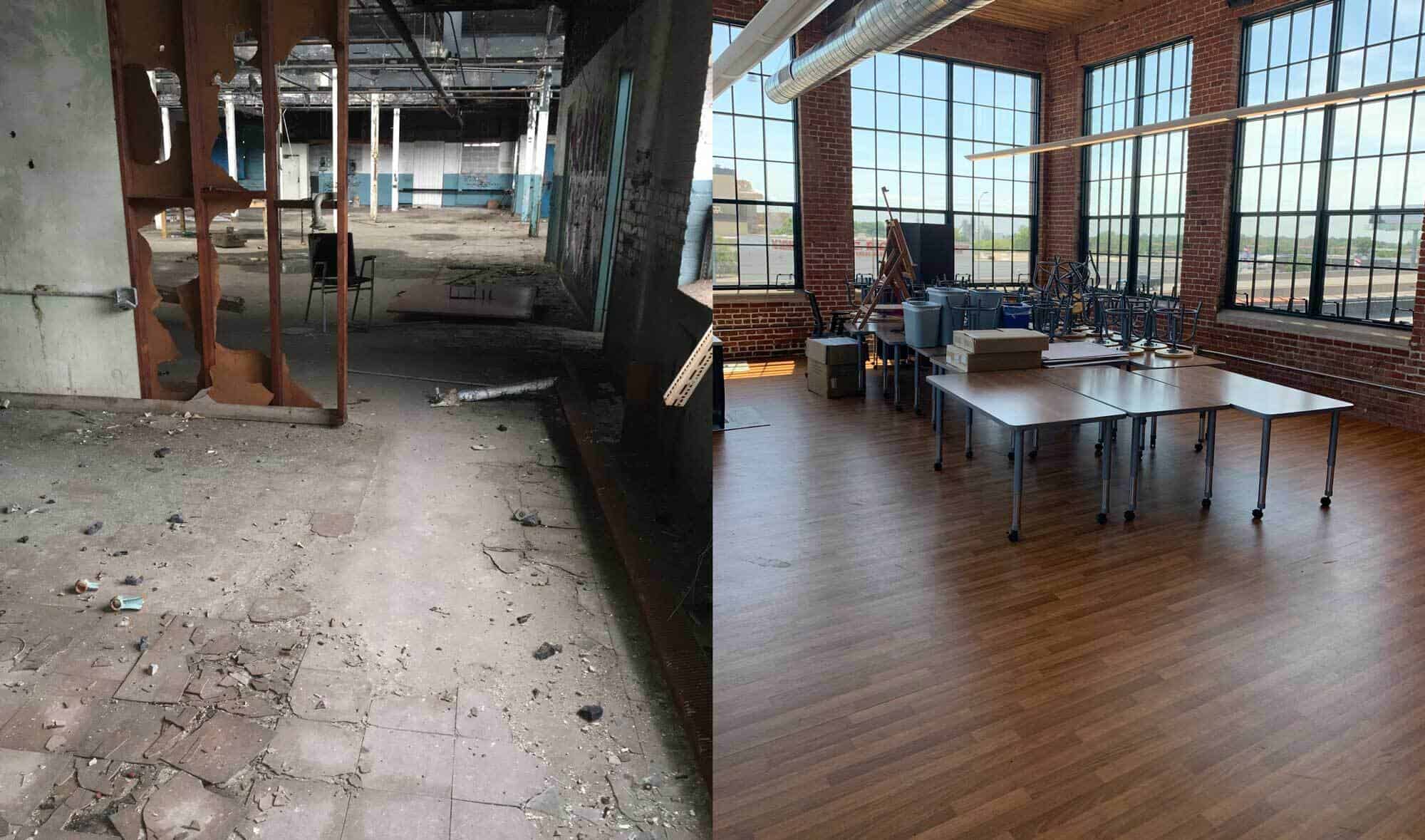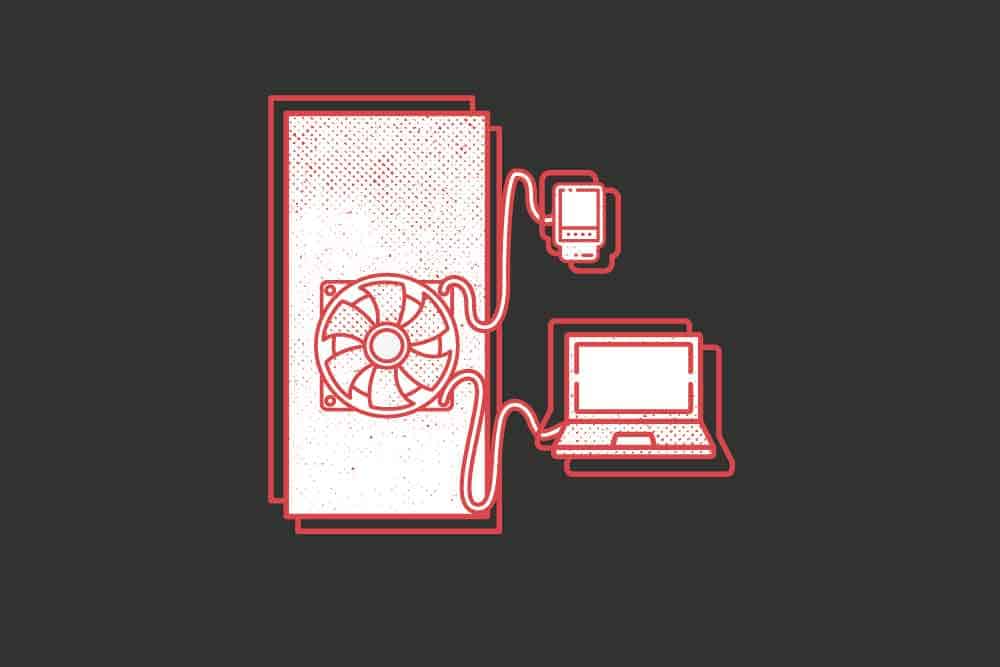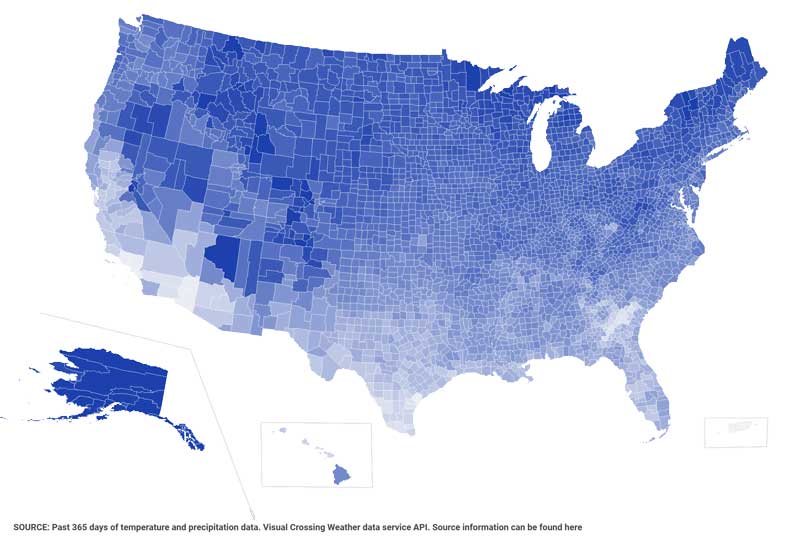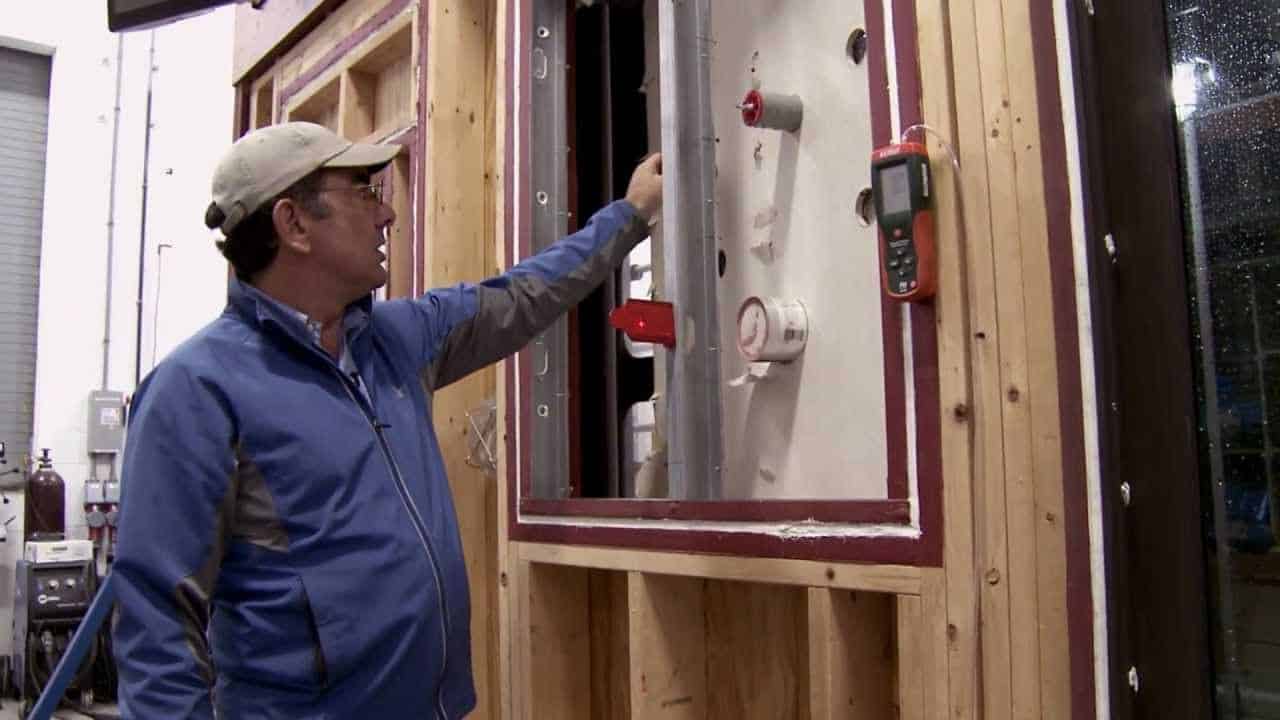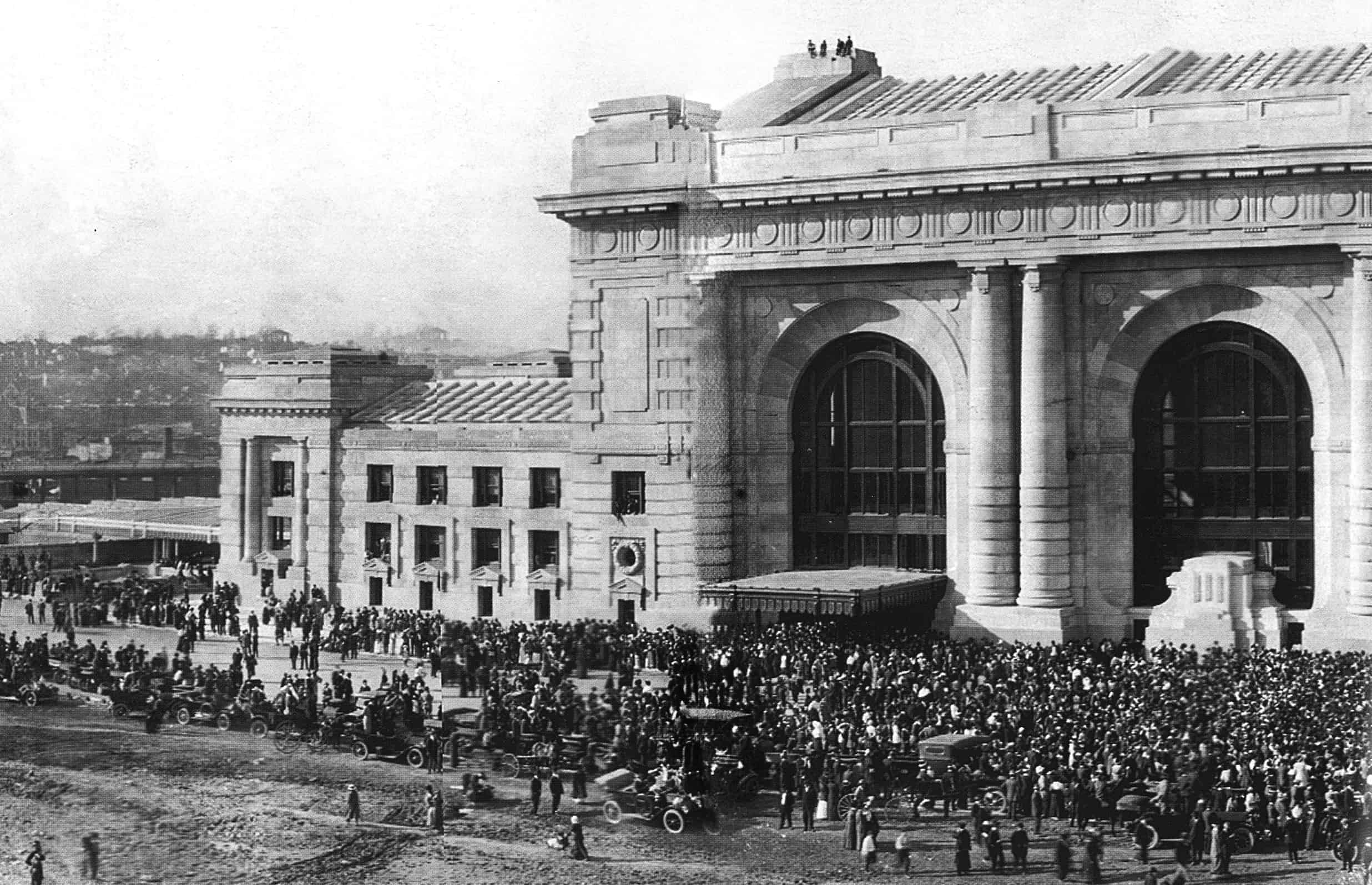Responsibility for significant reductions in greenhouse gas emissions falls to building owners.
In 2019, the city council of New York City passed Local Law 97 (LL97), part of the city’s Climate Mobilization Act intended to make NYC carbon-neutral by 2050.
Noting that buildings account for close to two-thirds of greenhouse gas emissions in NYC, then-mayor Bill de Blasio targeted buildings larger than 25,000 square feet – a qualification met by about 50,000 buildings in NYC.
Though this law directly affects property managers, developers, landlords and building owners in New York City who are now required to take certain measures to increase the energy efficiency of their buildings by a certain date, many owners and developers nationwide are watching how LL97 unfolds in NYC with speculation that similar regulations may soon be implemented in their own states.
Starting in 2024, NYC buildings affected by LL97 must comply with stricter energy efficiency and greenhouse gas emissions limits, and even stricter limits are coming again in 2030. One goal of the law is a 40% reduction in emissions from the city’s largest buildings by 2030, and an 80% reduction by 2050.
The law applies to buildings 25,000 square feet and larger, with a few exceptions:
- Two or more buildings on the same tax lot that exceed 50,000 square feet combined
- Two or more buildings owned by a condo association that are governed by the same board of managers and which together exceed 50,000 square feet in size.
- Religious-affiliated buildings, city-owned buildings, low-income housing and rent-regulated buildings are exempted from the law.
Exact requirements for buildings’ reductions depend on which building category they fall into. According to the non-profit Urban Green Council, the law categorizes 10 building types based on occupancy groups. As an example, it says that “buildings in Occupancy Group R-2 category (which includes apartments) can only emit up to 0.00675 tons (6.75 kilograms) of carbon dioxide per square foot in the year 2024. Then in 2030, that emissions limit shrinks to 0.00407 tons (4.07 kilograms) of carbon dioxide per square foot.”
Beginning on May 1, 2025, and on every subsequent May 1, building owners will be required to file a report that states its emissions compliance, and the report must be certified by a registered design professional. Compliance will be monitored by the new Office of Building Energy and Emissions Performance (OBEEP) within the city’s Department of Buildings, and non-compliant building owners will face financial penalties. Failure to submit a report will result in a fine of 50 cents per square foot per month.
In a 2019 article in CooperatorNews New York (a resource for co-ops and condos in NYC), City Councilman Costa Constantinides (D-22), the sponsor of the LL97 legislation, explained that the fines are about reducing carbon emissions, not creating a revenue stream for the city.
Constantinides said, “I don’t want your money, I want your carbon. This was designed in a way that the targets can actually be hit. The fines are there to make sure this bill has teeth, and that they’re not the cost of doing business. We also believe they equal the cost of upgrades, so not doing the retrofits and simply paying the fines means you have an ideological opposition to climate change.”
Future implementation
With Eric Adams having taken over NYC mayorship in 2022, certain details of the law’s implementation and enforcement remain uncertain. One uncertainty is how building owners will be required to meet the new emissions requirements.
A proposed budget by former New York Governor Andrew Cuomo included a possible workaround for owners – a way to meet LL97 obligations by purchasing renewable energy credits (RECs) from state wind and solar sites. That workaround now appears to be dead.
One option expected to be widely adopted by owners is a deep energy building retrofit to significantly increase energy efficiency and lower greenhouse gas emissions.
While a retrofit comes at a cost to the owner (one estimate says the collective cost of NYC building retrofits will top $4 billion), some intended financial relief for owners is built into the law.
The Property Assessed Clean Energy (PACE) program is meant to offer financing through low- or no-interest loans, which theoretically would be paid off with the savings from reductions in operating expenses.
Not everyone agrees the savings will equal the upfront costs for energy upgrades and retrofits. Regardless, owners are urged to start planning now by performing audits on energy usage in their buildings; calculating available capital for energy upgrades; and beginning a long-term plan to reduce energy waste and increase efficiency.
Net benefits
The estimated benefits of LL97 exceed making New York City carbon-neutral by 2050. LL97 is expected to create as many as 141,000 new jobs in design, renovation and construction, as NYC metro owners begin to invest in energy upgrades.
According to Urban Green Council, the energy retrofit market in New York City could grow to as high as $24 billion by 2030. By comparison, in 2018, just $235 million was spent on building energy retrofits in New York City.
Find more statistics, resources and FAQs from the Urban Green Council.
![]()
